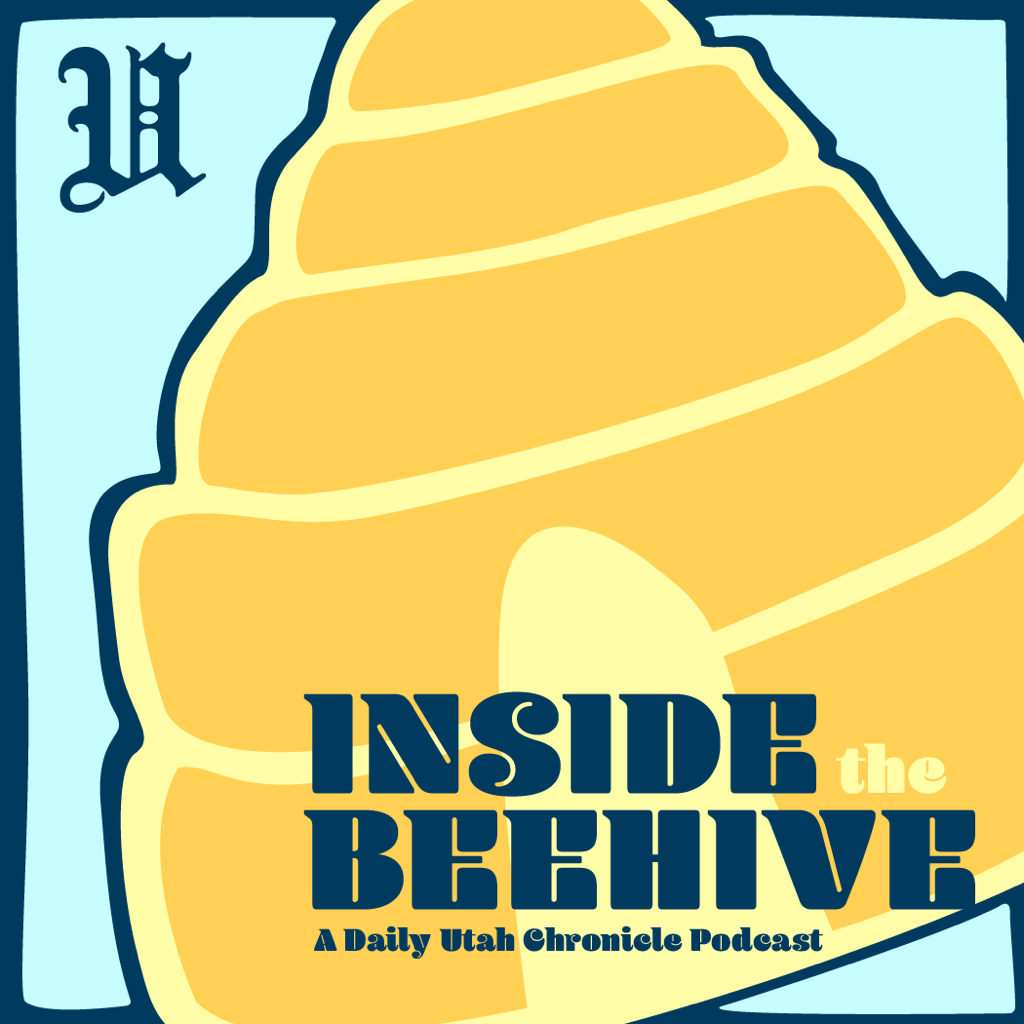The elimination of large numbers of badly needed campus parking spaces to make way for campus improvements is poor planning. The proposed track and recreational facilities that are to be built across from the Eccles Broadcast Center would be nice to have, but not at the cost of the 1,473 parking spaces located in the O-zone parking lots. Improving and updating U facilities has to take a back seat to maintaining the functionality and accessibility of campus.
The Student Life Center is one of nine “Transformative Projects” in the Campus Master Plan, which also includes the infamous Universe Project. The Campus Master Plan, if implemented, would provide for an interesting and beautiful campus, with a lot of desirable facilities, such as the life center.
The plan, however, fails to adequately take into consideration the transportation and parking needs of the U community. One of the goals of the plan is to “reduce auto dependence” and includes statements such as “Who can be encouraged to drive less and use transit?” On the face of it, this is not a bad goal. Single occupancy vehicles, or “SOVs,” as the plan refers to them, are an inefficient use of energy and create a lot of pollution and congestion.
Unfortunately, the plan would discourage the use of SOVs through punitive measures, making the use of one’s own vehicle to commute to campus more difficult, rather than positive measures making the use of mass transit or alternative means easier. The elimination of the two Wasatch lots would be just the beginning. Other parking lots, such as the Annex and Union lots, would be eliminated completely, in the same way the Stadium parking lot will be if the Universe Project goes through. Other lots will be reduced in size. The plan also discusses drastically increasing the cost of parking permits. We could also get much higher parking fees if low-cost parking lots are replaced with high-cost parking terraces.
Some schools need less parking because of their geographic location and student body makeup, others need more. Residential schools in small college towns such as the University of Virginia in Charlottesville or the University of Idaho in Moscow can get by with substantially less parking than a commuter school located in a large metropolitan area, such as the U. A lot of us live and work in areas far from campus with poor access to Utah Transit Authority trains or buses, and mass transit isn’t always practical, even for those with good access. Odd schedules or the need to carry additional items such as extra clothing for the gym or for work, for example, can make the use of UTA problematic.
In Fall Semester of 2006, the U had 30,457 students, including almost 20,000 who were full-time, according to Commuter Services. Twenty-seven percent of the U’s students use mass transit and 18 percent use other alternatives to get to school. This is good for an area such as Salt Lake City, but that still leaves some 55 percent who drive and need parking each day.
The U has some 128 parking lots with 25,101 parking spaces, including the Institute lots, which, though not a part of the U, help service the school’s parking needs. Thirty-eight of these lots are for married student housing and residence halls. Thousands of parking spaces are for Research Park and the Medical Center. Only a very small portion of the parking spaces are available for those with U and E permits, and a large chunk of these are in out-of-the-way places such as the mouth of Red Butte Canyon.
The 1,473 spaces in the O-zone lots are thus particularly valuable. They are located near the center of campus, with good access to the Marriott Library, the Union and many other buildings. At the same time, spaces are readily available even in peak hours. The two parking lots are valuable assets to campus that should not be discarded unless or until we have a substitute that is just as useful and affordable.












